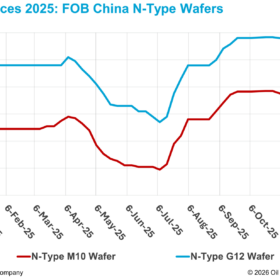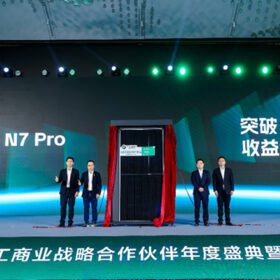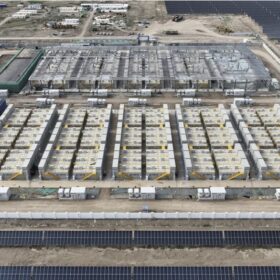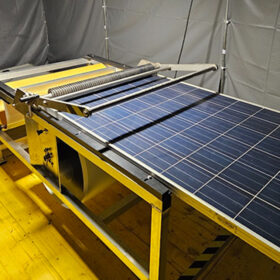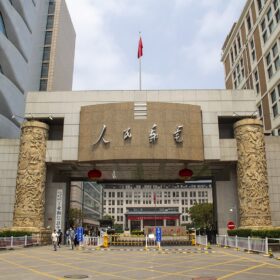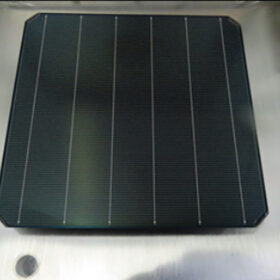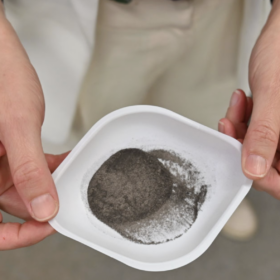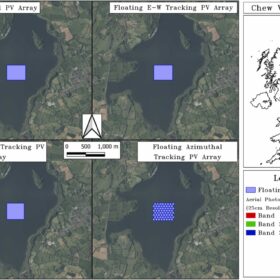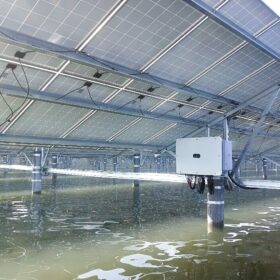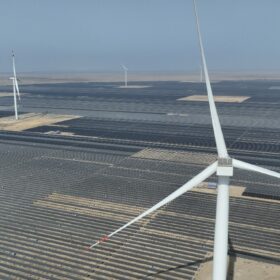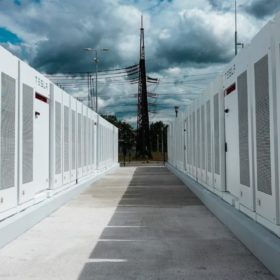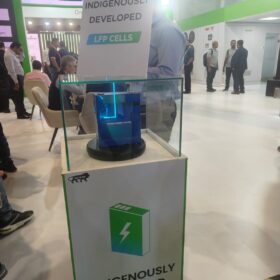N-type wafer prices rise over 10% as silver-driven cell costs increase
In a new weekly update for pv magazine, OPIS, a Dow Jones company, provides a quick look at the main price trends in the global PV industry.
Astronergy launches 670 W TOPCon solar module with 24.8% efficiency
China’s Astronergy says its ASTRO N7 Pro module targets utility-scale PV plants and commercial rooftops, offering quarter-cell architecture, bifacial gains, and a 30-year performance guarantee.
China connects world’s largest vanadium flow battery project
The GWh-scale long-duration energy storage project is expected to reduce curtailment in Xinjiang, a region of China with high solar and wind generation, and transmission bottlenecks. The flow battery installation is co-located with a PV plant.
French startup offers on-site solar module repair solution
France-based DOTSun has developed an on-site repair solution for solar panels with degraded backsheets, compatible with PA, PVDF, and PET types. The system uses a compact laminator to apply a protective film to the rear side of the module, reportedly restoring insulation and extending the service life of up to 2,000 panels per site.
Google acquires Intersect Power for nearly $5 billion
Google is set to acquire solar and storage developer Intersect Power, arming itself with the tools to bypass grid bottlenecks and build the projects that will power its AI data centers.
China strengthens intellectual property protection in solar industry
Chinese authorities are planning to implement a series of policy measures to introduce stronger intellectual property protection to the country’s photovoltaic sector. Chinese enterprises are being encouraged to accelerate technological advancements and reserve basic patents for developing technologies.
Rising silver prices drive China’s Longi shift to copper-metallized solar cells
China’s Longi says it will begin mass production of base-metal PV modules in the second quarter of 2026 as rising silver prices intensify pressure to reduce metallization costs.
New process achieves 97% silver recovery from end-of-life solar panels
Australian researchers have developed a new separation technique that employs the same crushing and flotation principles used in mineral processing to recover more than 97% of silver from end-of-life solar panels.
UK study finds azimuthal trackers boost floating PV performance
A University of Exeter team has tested single-axis tracking systems for floating solar across 12 UK sites, finding azimuthal tracking delivers the largest energy gains and lowest levelized cost of energy (LCOE).
Huawei, Sungrow lead Wood Mackenzie’s inverter market ranking
Wood Mackenzie’s first-half 2025 solar inverter ranking finds the top 10 leading inverter manufacturers have a 71% global market share.
